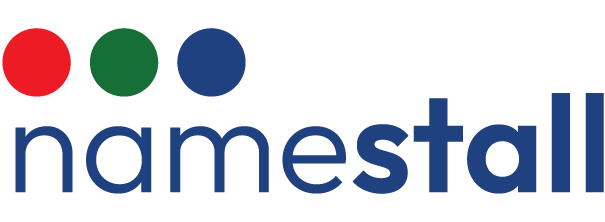Difference Between WEB2 and WEB3
Web 2.0 and Web 3.0 are different stages of the internet’s development, characterized by different features and technologies.
Web 2.0 is the current phase of the internet, which began in the early 2000s. It is characterized by user-generated content, social networking, and the rise of mobile devices. Web 2.0 sites and applications are focused on interactivity and collaboration, enabling users to participate and contribute to the content they consume.
Examples of Web 2.0 platforms include:
- Social media platforms such as Facebook, Twitter, and LinkedIn, which allow users to create and share content, connect with others, and form communities.
- Blogging platforms such as WordPress, which enable individuals and organizations to create and publish their own content.
- Online marketplaces such as eBay and Etsy, which facilitate buying and selling between individuals and businesses.
- Video-sharing platforms such as YouTube, which allow users to upload and share videos with others.
Web 3.0, also known as the semantic web, is the next phase of the internet’s development, which is still in its early stages. Web 3.0 aims to make the internet more intelligent and intuitive by using technologies such as artificial intelligence, machine learning, and the blockchain.
Examples of Web 3.0 platforms include:
- Decentralized applications (dApps) built on blockchain technology, which enable peer-to-peer transactions without intermediaries.
- Smart contract platforms such as Ethereum, which enable the creation and execution of self-executing contracts that automate processes and transactions.
- Decentralized finance (DeFi) platforms, which provide financial services using blockchain technology and smart contracts.
- Semantic search engines such as Wolfram Alpha, which can understand natural language queries and provide intelligent answers.
Overall, Web 3.0 is still in its early stages and its full potential is yet to be realized.

